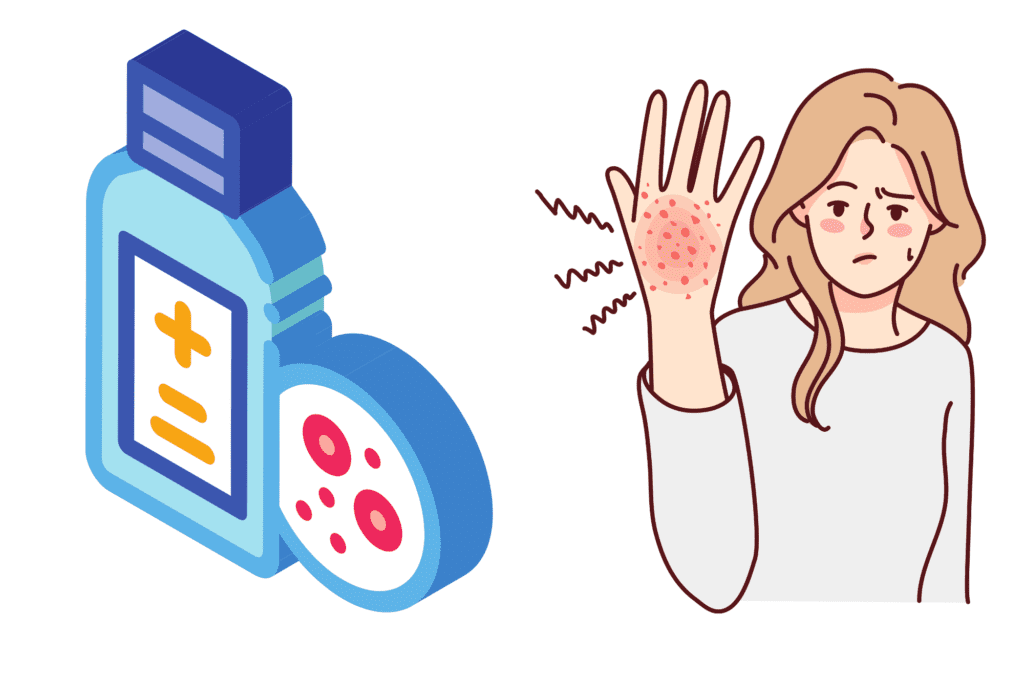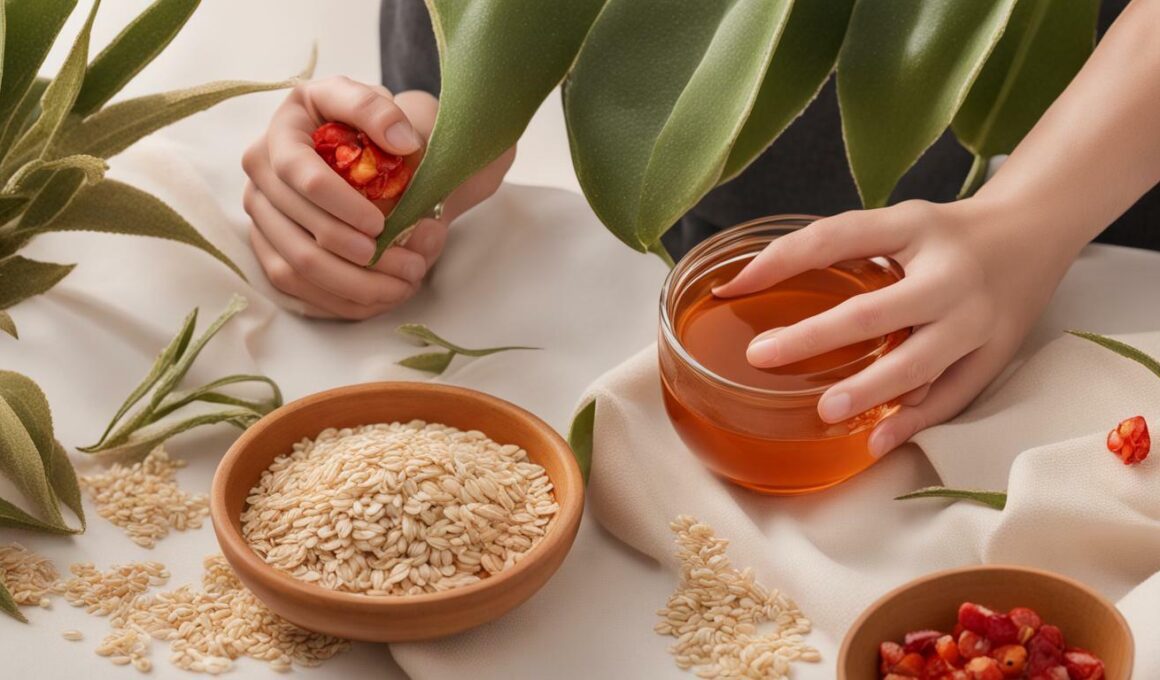- Trumpet vine rash is caused by coming into contact with the sap of the trumpet vine plant.
- Symptoms include redness, inflammation, itching, and blistering.
- There are various medical treatments and natural remedies that can provide relief from trumpet vine rash.
Medical Treatments for Trumpet Vine Rash
If you are experiencing trumpet vine rash, there are several medical treatments that can help soothe your symptoms. Over-the-counter creams and ointments are readily available and can provide relief from itchiness and inflammation. Calamine lotion is a popular choice that can help reduce the rash’s severity. If you are experiencing significant discomfort, your doctor may prescribe you with oral medications such as antihistamines or corticosteroids. These medications can reduce inflammation and relieve itching.
However, it is essential to carefully follow the instructions provided with any medications and consult your doctor if you experience any side effects. You should only use prescription medications under the guidance of your healthcare provider.
If you are experiencing significant discomfort, your doctor may prescribe you with oral medications such as antihistamines or corticosteroids. These medications can reduce inflammation and relieve itching.
However, it is essential to carefully follow the instructions provided with any medications and consult your doctor if you experience any side effects. You should only use prescription medications under the guidance of your healthcare provider.
Treating Trumpet Vine Rash at Home
There are several steps you can take at home to help treat trumpet vine rash. Firstly, avoid scratching or rubbing the affected skin, as this can worsen symptoms and lead to infection. You can apply cool compresses to the rash to help soothe the skin. Additionally, taking cool baths with oatmeal or baking soda can also provide relief from itchiness and inflammation. This can help soothe the skin and reduce the severity of the rash. If you are experiencing blistering or weeping from the rash, you may need to keep the area clean and dry to avoid infection. You can use a mild soap and water to carefully wash the affected area and then pat it dry with a clean towel. Applying an antibiotic ointment and covering the skin with a sterile bandage can also help prevent infection. Remember, these home remedies can help alleviate symptoms, but they are not substitutes for medical treatment. If you are experiencing significant discomfort or the rash is spreading, consult your doctor for medical advice.Are Trumpet Vine Rashes Caused by the Plant Itself?
When it comes to trumpet vine rashes, it’s important to know that the plant itself is not the direct cause. However, contact with the leaves or stems may result in skin irritation for some individuals. If you happen to experience a trumpet vine rash, here are some tips for removing trumpet vine: wear gloves, carefully pull out the plant from the root, and make sure to clean the affected area thoroughly.
Natural Remedies for Trumpet Vine Rash
 If you prefer natural remedies, there are several options that can help alleviate the symptoms of trumpet vine rash. These remedies are safe, effective, and may have fewer side effects than conventional treatments.
If you prefer natural remedies, there are several options that can help alleviate the symptoms of trumpet vine rash. These remedies are safe, effective, and may have fewer side effects than conventional treatments.
| Remedy | Description |
|---|---|
| Aloe vera | Aloe vera is a popular plant-based remedy for its soothing and anti-inflammatory properties. Apply aloe vera gel directly to the affected area to reduce itching, redness, and inflammation. |
| Apple cider vinegar | Apple cider vinegar contains acetic acid, which can help relieve itching and reduce inflammation. Dilute apple cider vinegar with water and apply it to the rash using a cotton ball. |
| Oatmeal | Oatmeal can help soothe and relieve itching. Add colloidal oatmeal to a lukewarm bath and soak for 15-20 minutes or make a paste with oatmeal and water and apply it to the affected area. |
| Chamomile tea | Chamomile tea has anti-inflammatory and soothing properties. Brew a cup of chamomile tea, let it cool, and apply it to the rash using a clean cloth. You can also add chamomile essential oil to your bathwater. |
Tips to Relieve Trumpet Vine Rash Symptoms
Dealing with trumpet vine rash can be a daunting experience, but there are various tips you can use to alleviate the symptoms. The following are some effective tips to help relieve the itchiness, inflammation, and irritation associated with trumpet vine rash:- Apply cold compresses: To help reduce the itching and swelling, apply a cold compress or cool cloth to the affected area for several minutes.
- Take an oatmeal bath: Adding colloidal oatmeal to a warm bath can help soothe and relieve the discomfort caused by trumpet vine rash. You can also use oatmeal-based lotions or creams on the affected area.
- Use calamine lotion: Calamine lotion is a popular over-the-counter remedy for treating itching and irritation caused by various skin rashes. Apply it directly to the affected area for relief.
- Avoid scratching: As tempting as it may be, scratching the affected area can worsen the rash and lead to further irritation and infection. Try to resist the urge to scratch; instead, gently pat or rub the area.
- Stay hydrated: Drinking plenty of water can help keep your skin hydrated and reduce the risk of dryness, itching, and flakiness.
Are Trumpet Vine Rashes Caused by the Plant Itself?
When it comes to trumpet vine rashes, it’s important to know that the plant itself is not the direct cause. However, contact with the leaves or stems may result in skin irritation for some individuals. If you happen to experience a trumpet vine rash, here are some tips for removing trumpet vine: wear gloves, carefully pull out the plant from the root, and make sure to clean the affected area thoroughly.









